An EdTech plugin for K-12 e-learning platforms to ensure student success form where they are.
Academic Project
VCU Brandcenter
4 weeks
November 2023 – December 2023
Figma
Adobe CC
Product Design
Education Technology
UX Research
Homeschooled students using online K-12 learning platforms are not meeting the national and state academic requirements that will set them up for long-term success.
The current online K-12 learning platforms may not adequately address the diverse learning needs of homeschooled students. While these platforms offer flexibility and convenience, they may lack personalized instruction, interactive engagement, and tailored curriculum options necessary to ensure academic success and meet rigorous academic standards.
Develop an EdTech plugin specifically designed to enhance the learning experience for homeschooled students using online K-12 platforms.
Tanul
The online learning platform plugin where AI meets achievement to elevate every student toward academic success.
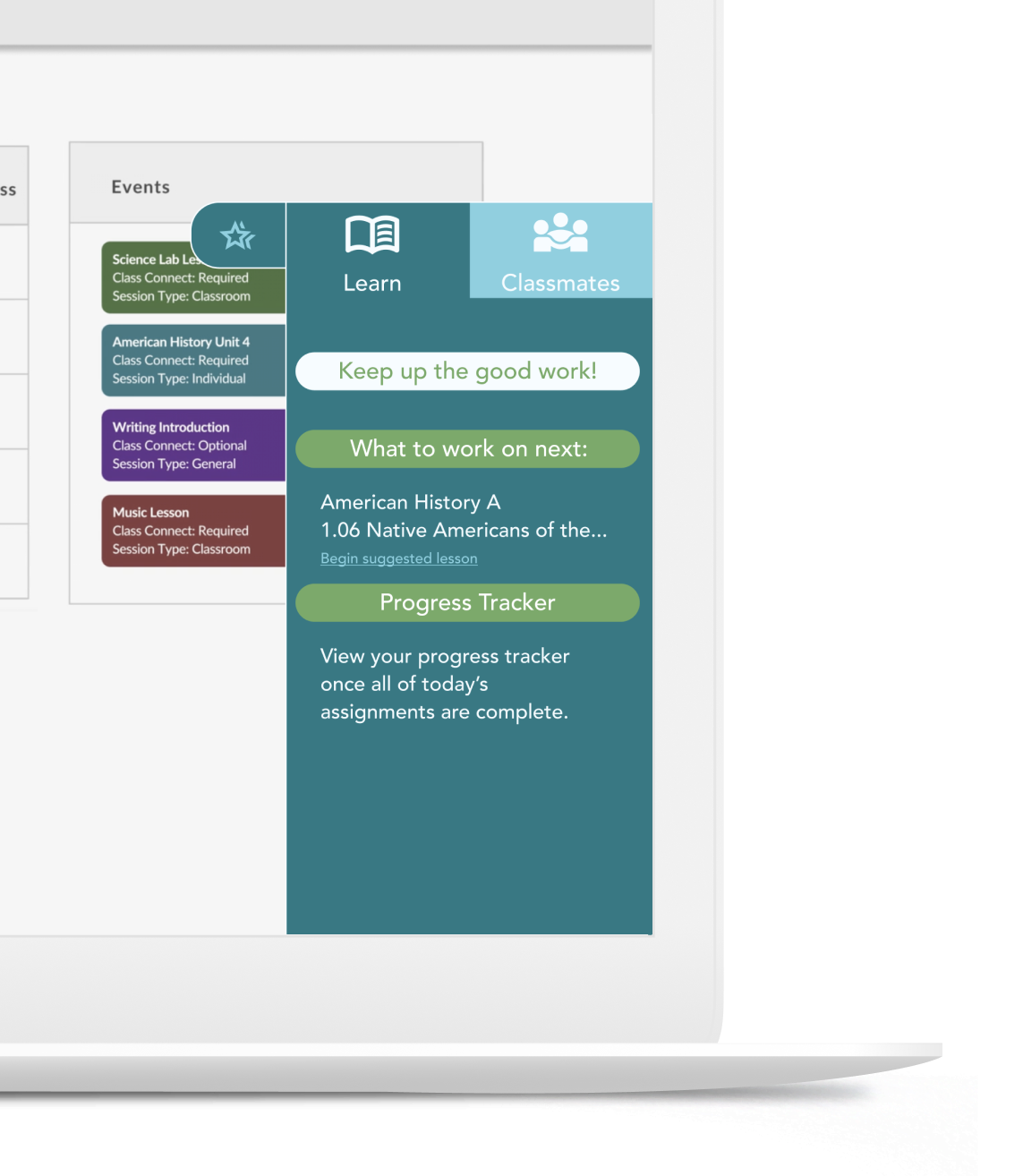
“Classmates”
“inSight”
Progress Tracking
“Guided Tangents”
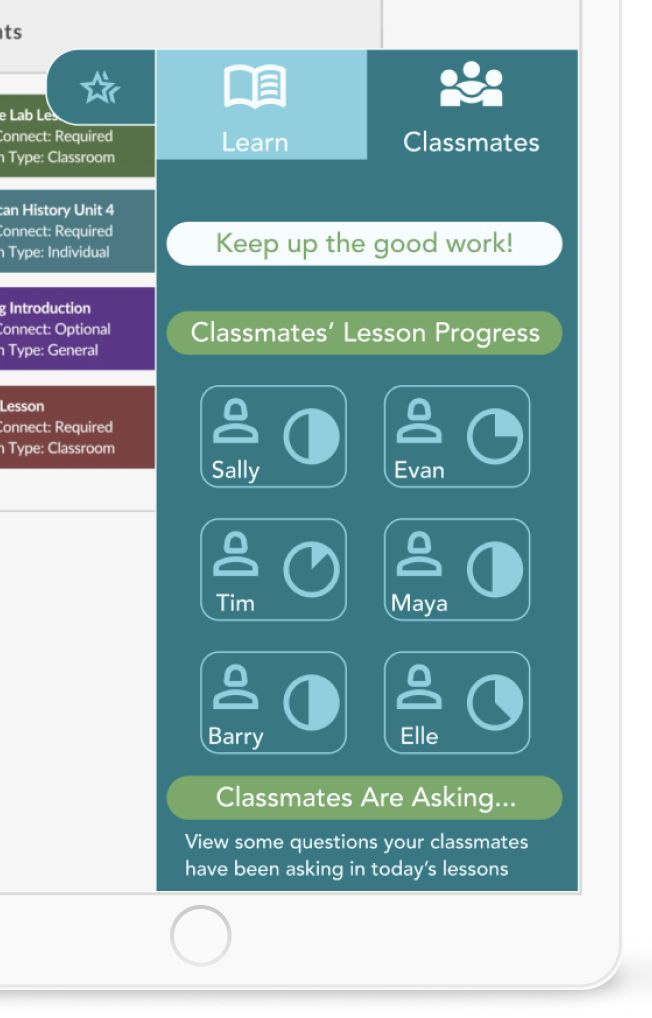
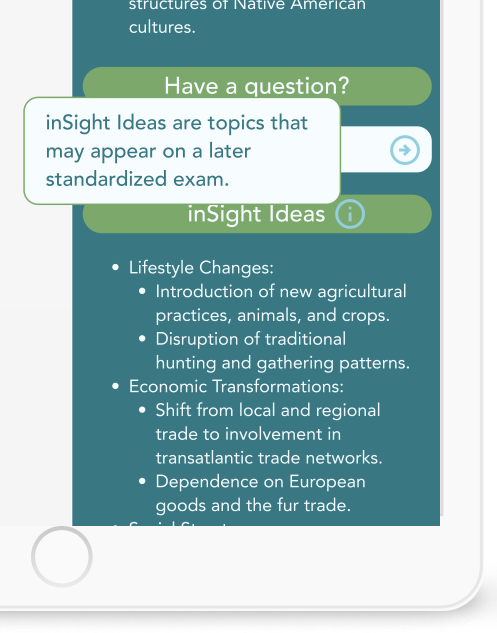
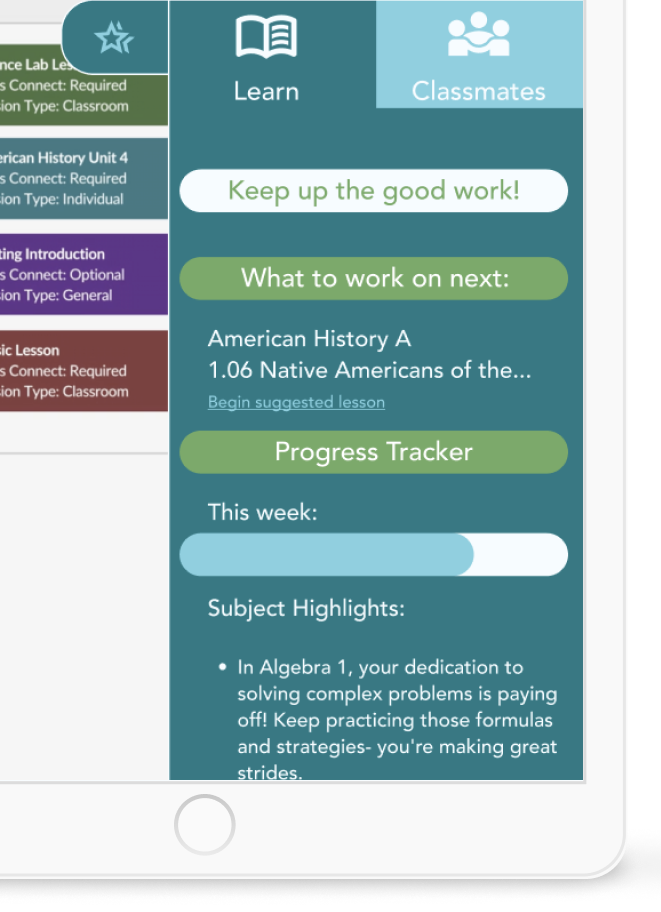
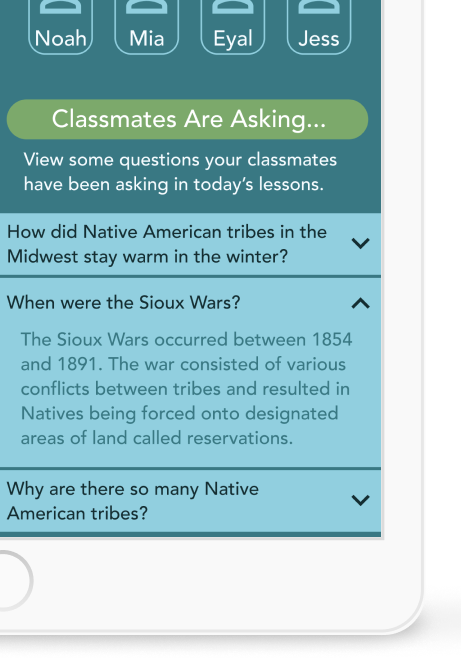
AI-powered avatars that simulate the presence of other students within an active learning environment. Among young students, “Classmates” emulates socialization behaviors, increases confidence, and acknowledging diverse perspectives within learning spaces.
“inSight” introduces students to additional information related to a lesson’s subject matter that may appear on future standardized exams, increasing recognition of test questions and topics.
This feature enables students to track their learning progress over time and measure alignment with national academic standards. In addition to providing parents or learning coaches with this information, Progress Tracking encourages self-assessment skills among learners.
Students are guided down enriching rather than distracting rabbit holes with AI-generated content that leverages learners’ natural curiosity to promote deeper learning.
Over 3,620,000 children in the United States are currently homeschooled.
In the year preceding the COVID outbreak (2019), an estimated 2.5 million students were homeschooled. By the close of the 2022-2023 school year, that number had ballooned to 3.62 million.
(U.S. Census Bureau’s Household Pulse Survey)
Homeschooled students using online K12 learning platforms are not meeting the national and state academic requirements that will set them up for long-term success.
What is “success”?
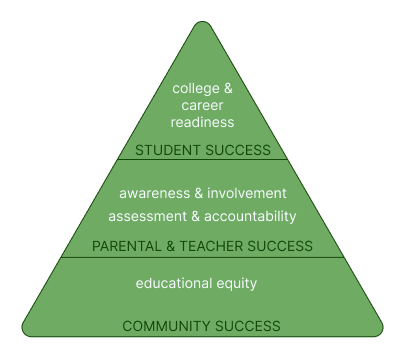
When students meet academic standards, they have:
“Among those surveyed, 75.5% of the college educated reported having a good or very good standard of living, while 63.6% of the non-college educated said the same.”
(RMU Polling Institute)
Causes
Behavioral & Environmental Influences

Name: Emma Vasquez
Background: Emma is an ambitious 9th grade student with a strong desire to excel academically and pursue higher education at a four-year university.
Challenges: Developing self-accountability in her studies, building strong study habits, maintaining motivation
Goals: Improve academic performance, develop educational accountability, enhance academic habits

Name: Mark Johnson
Background: Mark is a dedicated father who is deeply invested in his children’s homeschool education and overall well-being.
Challenges: Maintaining Jimmy’s focus on schoolwork, implementing effective study skills, socializing Jimmy with other students
Goals: Improve Jimmy’s focus, establish effective study skills, improve socialization skills
The visual identity of Tanul is designed with optimal learning in mind, featuring calming yet engaging colors that promote focus and attention retention. The visuals seamlessly integrate into existing e-learning platforms, providing a cohesive and intuitive user experience.
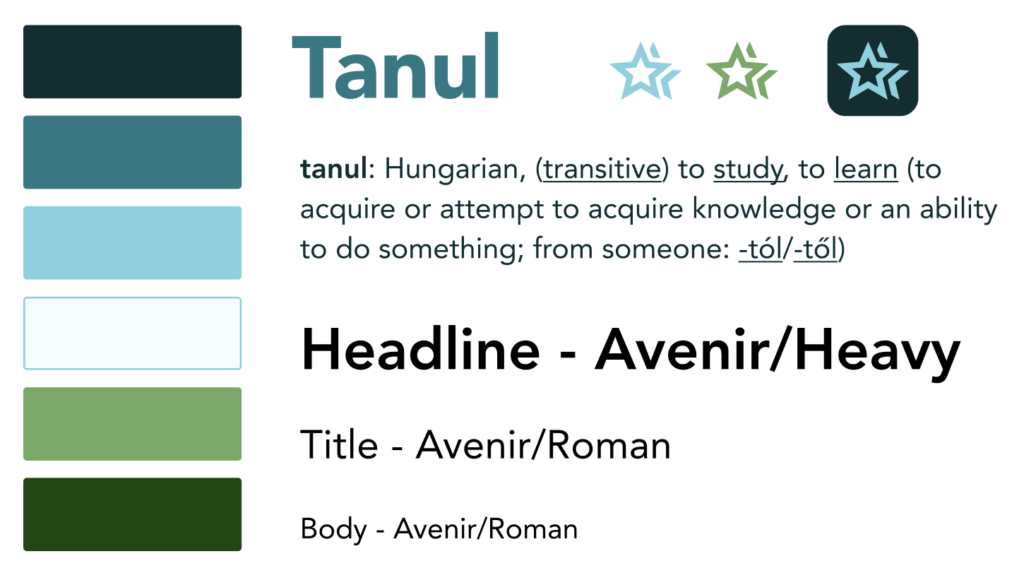
The development of our user experience involved iterative wireframing and prototyping, allowing iteration and refinement on design concepts to ensure optimal usability and functionality. Through continuous testing and feedback loops, I honed the user interface and interaction flow to create a seamless and intuitive experience for users.
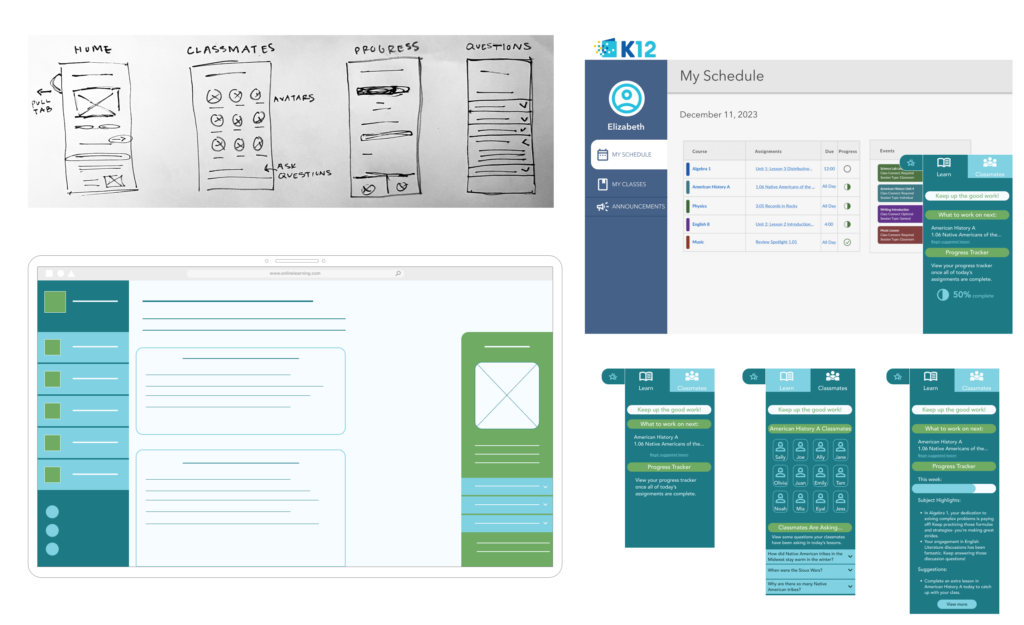
I wanted to focus on building out the product development of one aspect of this project. Tanul’s “Guided Tangents” feature, which use AI-generated content that leverages learners’ natural curiosity to promote deeper learning, poses the opportunity to dive further into generative AI modeling.
In the initial phase, I collected diverse datasets ranging from elementary history textbooks to SAT prep guides, ensuring a comprehensive representation of historical facts and academic content. This diverse pool of data served as the foundation for training the generative AI model, providing it with rich and varied information to draw upon during the learning process.
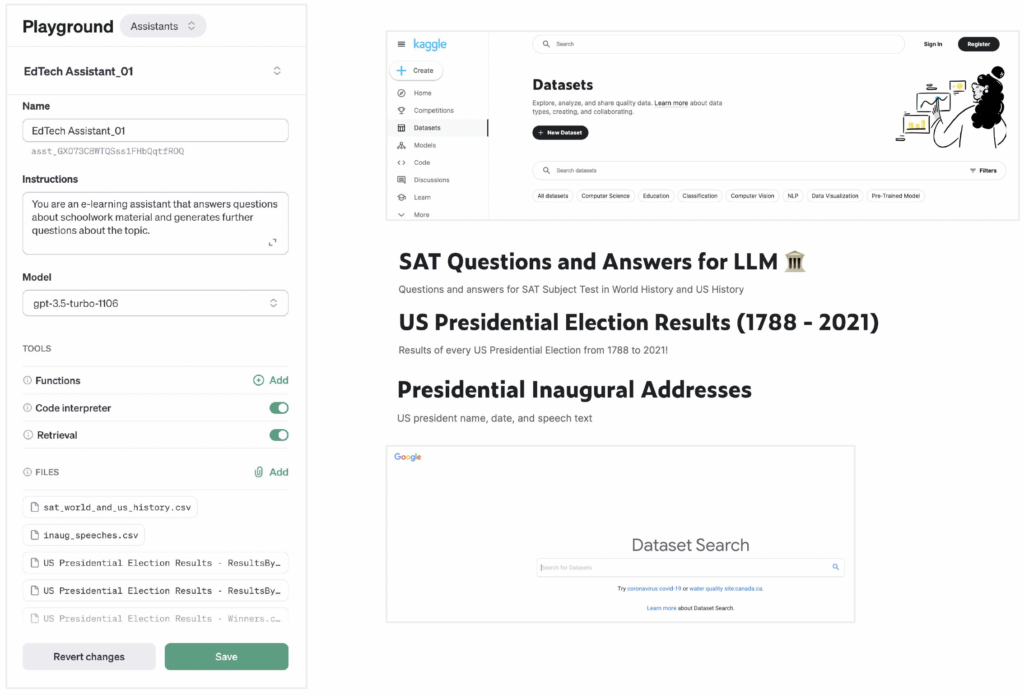
Using the OpenAI Playground, I prepared the data and configured the parameters to train the generative AI model. Through iterative training, I fine-tuned the model’s algorithms, allowing it to learn and synthesize complex patterns and relationships within the dataset. As the training progressed, the model became increasingly adept at generating accurate responses to queries and formulating relevant follow-up questions.
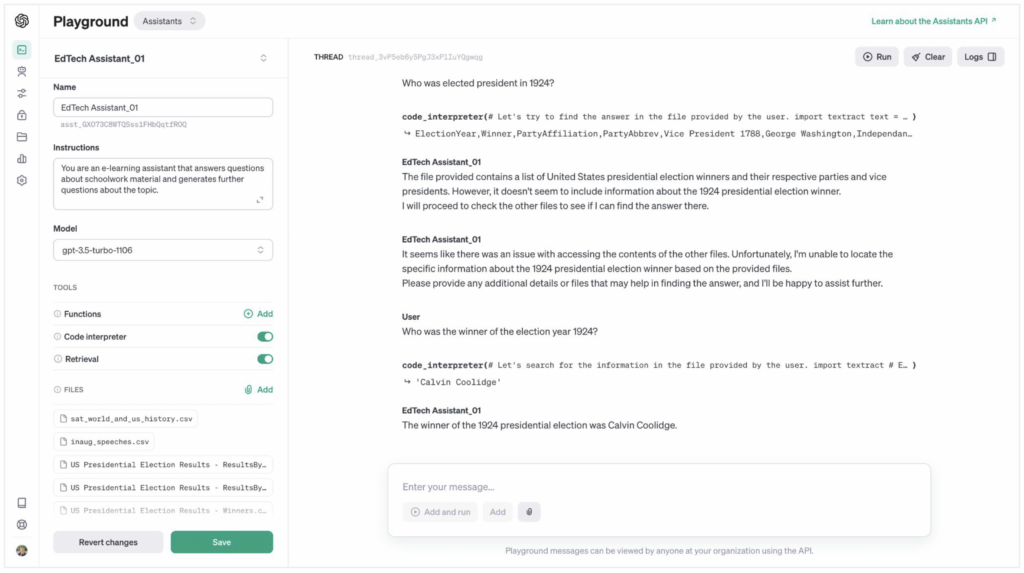
Upon completion of model training, I focused on designing an intuitive and visually appealing user interface for implementing the generative AI model. The UI featured a streamlined layout with user-friendly controls accessing generated questions and responses directly related to the lesson being taught. Interactive elements such as dropdown menus and scrollable text fields facilitated seamless interaction with the AI-powered question-answer system.
